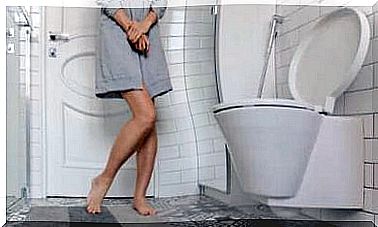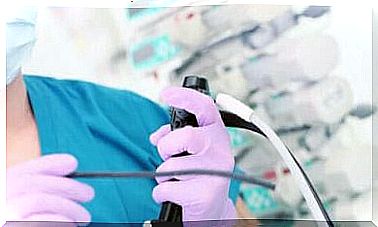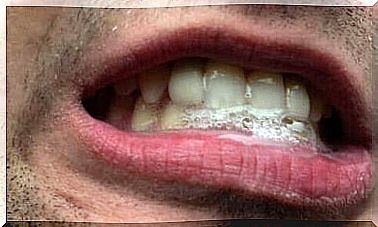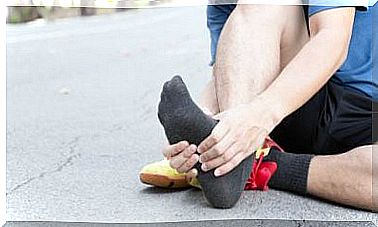Choking In Children: What To Do
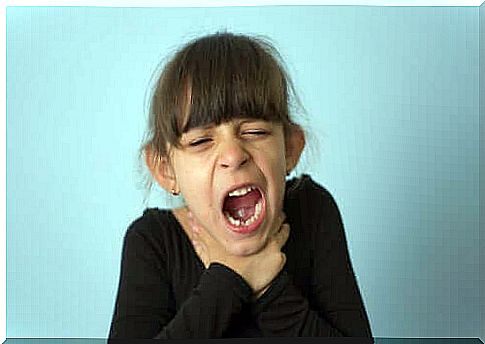
According to available data, it is estimated that suffocation in children is one of the most common unnatural accidents. It is also the third leading cause of death in both children and the elderly. It is therefore necessary to focus on both prevention and how to deal with it.
Prevention of suffocation in children is the best solution. Since it can lead to death, it is best to eliminate the risk of it happening – primarily from the age of four months when it becomes a potential danger.
If you are unable to avoid this accident, then you should know what to do to ensure that the consequences are not serious. Simple first aid can save your child’s life, which is why you should be aware of it.
Choking in children
Put more accurately, suffocation in children is airway obstruction caused by a foreign body. In the worst cases, the airways become completely blocked, which does not allow air to reach the lungs and it causes death.
Most of these blockages occur in children under the age of three. It occurs most commonly between the ages of 6 and 12 months. In most cases, children are suffocated in food, which is often the case with a nut or a candy.
Other dangerous foods are meat and sausages, as well as bones in meat and fish. Due to their texture and shape, sausages are also dangerous. In general, all solid objects that can get into a child’s mouth are also dangerous.

Prevention
Choking in children has an unpredictable outcome. It is therefore best to prevent this accident. The first thing to consider is that most of these cases occur when a child eats or plays. Thus, it is essential to keep an eye on children during these activities.
Here are other preventative caveats:
- Keep an eye on them when eating and avoid certain foods. Nuts and fruits, such as cherries and plums, should not be within the reach of children under the age of five or until you are sure they know how to eat them.
- Small objects and toys. You should not leave small objects, such as batteries or glass balls, within the reach of children. Be especially careful with balloons and similar toys, as they are made of material that easily sticks and blocks the airways.
- Rules for feeding. Children should eat at the table and not lying down. They should also not eat while running or playing. You should teach them to chew properly.
- Avoid necklaces. Children should never wear necklaces, and not at all if they are made of small balls or small objects.
Do this in case of suffocation in children
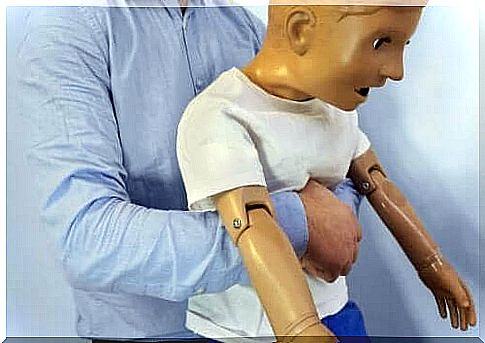
The Heimlich maneuver is an appropriate method of suffocation in children. If suffocation occurs in a child despite the preventive precautions, then the first thing you should do is stay calm. This allows you to quickly assess the situation to know what to do. When a child suffocates, the first thing they do is cough, talk or cry.
If the child coughs, it is best to let them do so and encourage them to continue. Sometimes, inappropriate intervention can cause the foreign body to move, making it harder to get it out.
You should avoid knocking the baby in the back, pressing on the stomach or giving them something to drink. When coughing does not get the object they are suffocating in, you should call an ambulance and do the following while you wait:
- Get them up first and make them tip their heads going forward.
- Place one arm under their armpit and hold their chest with your hand.
- With your other hand, tap on the upper back, between the shoulder blades. You should use the bottom of your palm and do not knock more than five times.
Heimlich maneuver
If the child does not expel the object they are suffocating in, then you should use the Heimlich maneuver up to five times in a row. These are the steps you need to follow:
- You stand behind the baby and wrap your arms around their waist.
- Make a fist with one of your hands and place your thumb over their navel, in the middle of the abdomen.
- With your other hand, cover your fist and push in and out.
- If the child is unconscious, you should give heart massage by pressing on their breast 30 times. Then breathe twice into the baby’s mouth while keeping their nose closed. Keep doing these two things alternately until help comes.


